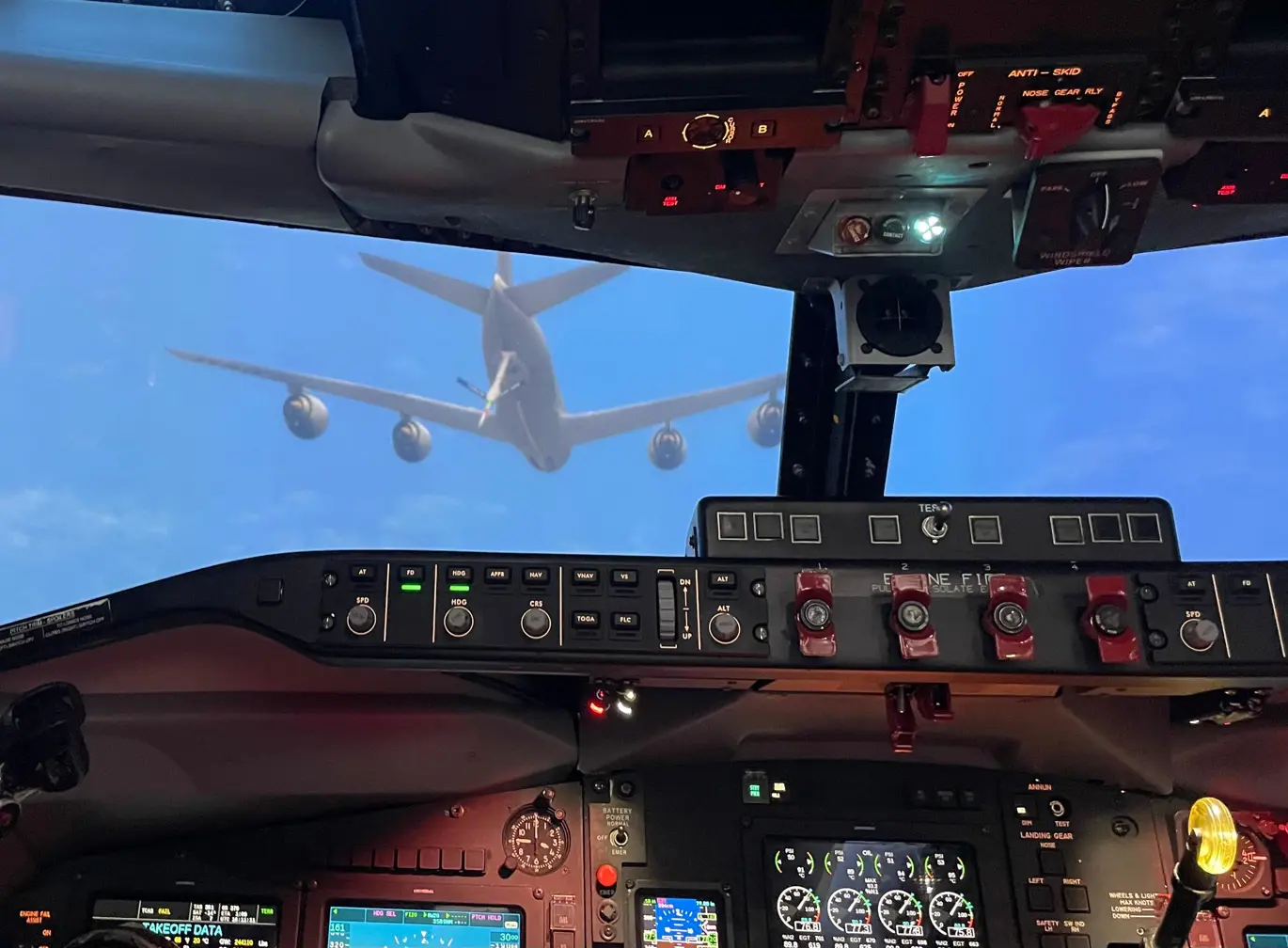The Debrief
So here’s a question I’ve been mulling – what if training on its own doesn’t improve competence?
I was back in the simulator recently, as part of my recurring training as a pilot. We practised an emergency evacuation – one of those high intensity, out of the ordinary situations we need to know how to respond to when the pressure’s on.
During the drill, I missed a key step: I didn’t manually depressurise the aircraft. If the automatic system had failed, the doors wouldn’t have opened and passengers wouldn’t have been able to get out.
But I didn’t even realise I’d missed this step until afterwards, in the debrief. And it struck me that some of the most important learning that happens for high risk teams isn’t about the training itself, but what comes afterwards – and how that builds confidence as well as competence.
In aviation, a debrief includes the full crew. It’s normally led by the captain, but rank is left at the door. Done well, it’s about honest, constructive conversations, not finger-pointing or tellings-off. The flat structure and openness is what makes it work – being able to speak frankly, and ask any questions, so you leave the room not only more competent, but feeling more confident. Because you know what went wrong, and how to put it right next time.
It got me thinking about the parallels with Higher-risk Building safety cases. Training is essential, and a requirement of the Building Safety Act. But if training on its own doesn’t guarantee competence when it comes to the crunch, we need to be supporting the development of confidence in those teams as well.

A few thoughts on how to do that:
- Practise emergency action plans – fire, evacuation, other ‘non-normal’ scenarios where workload’s stretched and mistakes happen.
- Hold quick ‘hot debriefs’ on the spot for immediate issues, then follow up with a more structured session back in the office, making sure it’s as open and constructive as possible (I find offering snacks goes a long way to help).
- Make sure leaders listen, adapt procedures where needed, and show that people’s input has been taken on board.
The aim being that the whole organisation benefits from what those in the safety team have learnt – not just the individuals in the room.
So my question to leaders out there – are you building confidence within your teams, as well as training competence?
Author: RiskFlag
10/2/2025